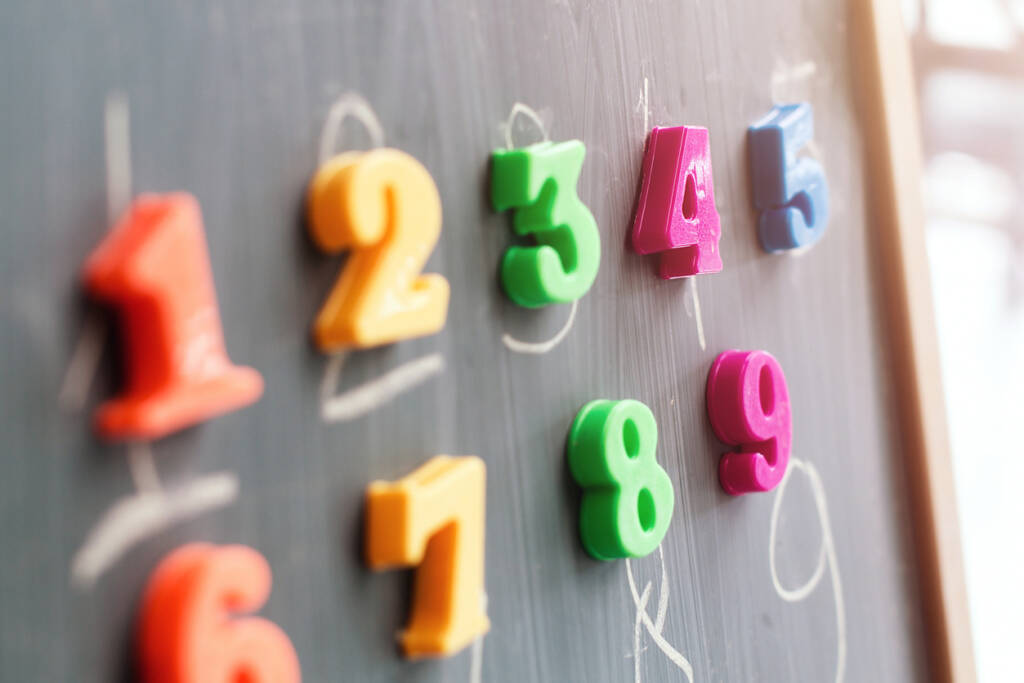
Elementary Language Arts Grade 3

In Language Arts Grade 3, students will engage in a variety of topics as they explore the world of reading and writing. Students will learn foundational skills, cursive writing, vocabulary, reading comprehension, grammar, and the writing process as they write narratives, informational, and opinion essays. In this course, students will participate in engaging lessons that include interactive parts, informational and literature based texts, graphic organizers, videos, and various practice activities. Topics range from healthy habits and overcoming obstacles to mysteries. Students will meet an astronaut, earn badges for the Junior Astronaut Training Handbook, and draw a space academy recruit in this Space-themed course.
Please view the Elementary Parents Guide for Grades 3-5 with guidance on helping your student transition to online learning and thrive at VLACS.
Major Topics and Concepts
Segment One
- Apply strategies for decoding, context clues, and spelling
- Ask and Answer questions
- Identify character traits
- Determine the central message
- Determine literal and nonliteral meanings
- Use the past, present, and future verb tenses
- Identify the subject and predicate in a complete sentence
- Use the writing process to write an informative, narrative, and opinion text
- Use strategies to find the meaning of unknown words
- Identify the main idea in an informative text
- Recognize the different text structures
- Read with accuracy, rate, and expression
- Form simple sentences
- Use quotation marks and commas in dialogue
- Learn to use correct capitalization in titles
- Recognize how chapters, scenes, and stanzas build on each other
- Use possessive nouns, plural nouns, and pronouns
- Practice cursive writing skills
- Determine the meaning of unknown words
- Determine the connections between sentences and paragraphs in a text
- Identify the point of view of the author and the reader
- Use nouns as subject and object in a sentence
- Use different type of sentences
- Understand that illustrations give meaning to a story
- Compare and contrast the settings, plots, and themes of two stories
- Use and explain the functions of adjectives and adverbs
- Write compound sentences
- Use text features to locate information
- Explain the connection between illustrations and words and phrases to show understanding of a text
- Compare and contrast the most important points and key details
- Use the articles “a” and “an” correctly
- Write complex sentences
Segment Two
- Apply strategies for decoding, context clues, and spelling
- Practice cursive writing skills
- Explain how characters’ actions contribute to the sequence of events
- Explain the point of view of the characters, narrator, and reader
- Recount a story and determine the central message
- Use punctuation correctly
- Use compound words and contractions
- Use the writing process to write an informative, narrative, and opinion text
- Recount key details and explain how they support the main idea
- Use language to show time, sequence, or cause and effect to describe the relationship in a text
- Explain the point of view of the author and the reader
- Recognize how to write sentences with subjects and verbs that agree
- Describe the connection between particular sentences and paragraphs in a text
- Determine the shades of meaning of words
- Use the writing process to conduct a short research project about a topic
- Explain how illustrations contribute to the mood or parts of a story
- Compare and contrast the settings, plots, and themes of two stories
- Recount stories and determine the central message
- Use prepositional phrases
- Use text features to search for information on a topic
- Describe the connection between sentences and paragraphs in a text
- Compare and contrast the most important points and key details in two texts on the same topic
- Use irregular verbs
- Use verb tenses correctly in sentences
- Explain how the reader’s point of view is similar or different from the narrator or characters
- Describe how chapters, scenes, and stanzas build
- Write and expand sentences
- Apply strategies for decoding, context clues, and spelling
- Use root words and affixes to learn the meaning of words
- Evaluate the author’s point of view
Course Materials
To achieve success, students are expected to submit work in each course weekly. Students can learn at their own pace; however, “any pace” still means that students must make progress in the course every week. To measure learning, students complete self-checks, practice lessons, multiple choice questions, projects, discussion-based assessments, and discussions. Students and families are expected to maintain regular contact with teachers because, when teachers, students, and parents work together, students are successful.
Required Materials – Please view the list of materials before registering.
Competencies
Expanded Expository Writing
I can explain strategies used to decode irregular words. I can identify an author’s claim. I can infer an author’s meaning in a text. I can summarize an informational text. I can identify prepositions and prepositional phrases. I can write an expository text with two body paragraphs.
Expository Response
I can identify common roots and affixes to decode unfamiliar words. I can identify text features. I can identify the central idea of a text. I can identify past tense of irregular verbs. I can write an expository response using facts and details from an informational text.
Fictional Narrative with Dialogue
I can summarize a story. I can explain the meanings of the figurative language used in a literary text. I can identify sentence fragments and run-ons. I can select conjunctions to form compound sentences. I can write a fictional narrative with dialogue. I can select an image to enhance my writing.
Opinion Writing
I can describe the use of suffixes to turn a word into a different part of speech. I can identify types of poems. I can identify types of figurative language. I can explain the changes a character undergoes throughout a story. I can select adjectives and adverbs to expand sentences. I can write an opinion about a topic using reasons supported by evidence.
Personal Narrative
I can select strategies to decode multisyllabic words. I can identify characters’ perspectives in a story. I can identify regular and irregular plural nouns. I can select pronouns to replace nouns. I can write a personal narrative using a logical sequence of events, descriptions, transitions, and an ending.
Narrative Storybook
I can explain close reading strategies for reading a poem. I can identify the theme of a poem. I can explain the use of commas in direct address and in a series. I can explain the use of appositives to add more information in a sentence. I can create a narrative with elements of a story, dialogue, and description. I can select multiple images to enhance the meaning of a text.
Opinion Writing Using Different Types of Sources
I can summarize a text’s plot and theme. I can retell information orally in a logical order. I can identify perfect verb tense. I can write with consistent verb tense across multiple paragraphs. I can write a multi-paragraph opinion response using text and video sources. I can interpret information from text and video sources.
Opinion Writing Using Multiple Sources
I can explain the development of the author’s purpose in a text. I can differentiate the details used in two texts on the same topic. I can write complex sentences. I can write a multi-paragraph opinion essay supported by more than one source.
Research from Multiple Sources
I can explain the use of word parts to determine word meaning. I can analyze context clues to determine the meaning of new words. I can write a compare and contrast response about a text. I can summarize the central idea and key details in an informational text. I can identify progressive verb tense. I can interpret information from more than one source to answer a question. I can create a presentation about a topic.
Research Process
I can identify an author’s claim and details to support it. I can explain the function of text features. I can explain how modal verbs can change the meaning of a sentence. I can write an expository text supported by facts from multiple sources and elaboration in my own words.

